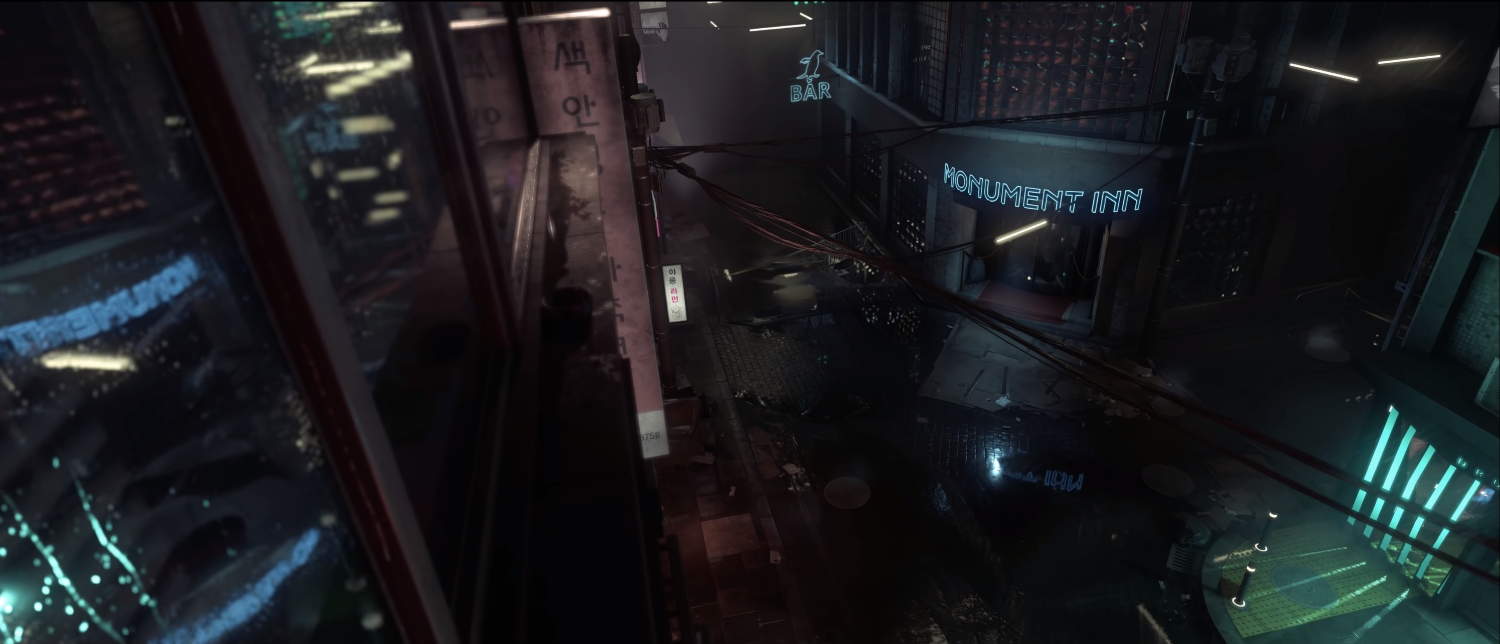Crytek Demos Ray Tracing on Previous-Gen GPUs, Including the Vega 56
Crytek, the creator of CRYENGINE 5, has demonstrated that, for the first time, the Turing architecture that powers RTX GPUs may not be necessary for smooth real-time ray tracing. Using an RX Vega 56, Crytek's Neon Noir demo (below) shows how this modern AMD GPU can render real-time reflections in water and glass at 4K resolution.
Crytek's ray tracing implementation isn't as visually impressive as some of the hybrid ray-traced games we've seen running on Turing-based graphics cards because Crytek plans for this type of scene to run on most recent Nvidia and AMD GPUs, but the demo is impressive nonetheless.
Crytek also says this form of ray tracing is designed to leverage the most recent GPUs and the DX12 and Vulkan APIs. This likely means Nvidia Turing and AMD Vega-based GPUs will excel at the ray tracing seen in the demo. Meanwhile, Pascal and older Nvidia GPUs will likely have a harder time running this kind of scene because Pascal's DX12 and Vulkan support is not as good as Turing's or Vega's.
AMD's GPUs have been DX12-compatible since the 7000 series, but unless you're using an R9 GPU, the more recent RX 500 series GPUs starting with the 570 would likely be better. Turing might actually benefit the most because it has hardware designed for ray tracing. Crytek's implementation could be great for RTX owners if it can bring good enough visual quality without demanding the sort of resources RTX features typically do.
However, it's not known under what conditions Crytek was able to achieve what was shown in the demo, so if you have to have a ray tracing GPU, we'd recommend you wait until GDC where Crytek will likely talk about the Neon Noir demo.
Get Tom's Hardware's best news and in-depth reviews, straight to your inbox.

Matthew Connatser is a freelancing writer for Tom's Hardware US. He writes articles about CPUs, GPUs, SSDs, and computers in general.

